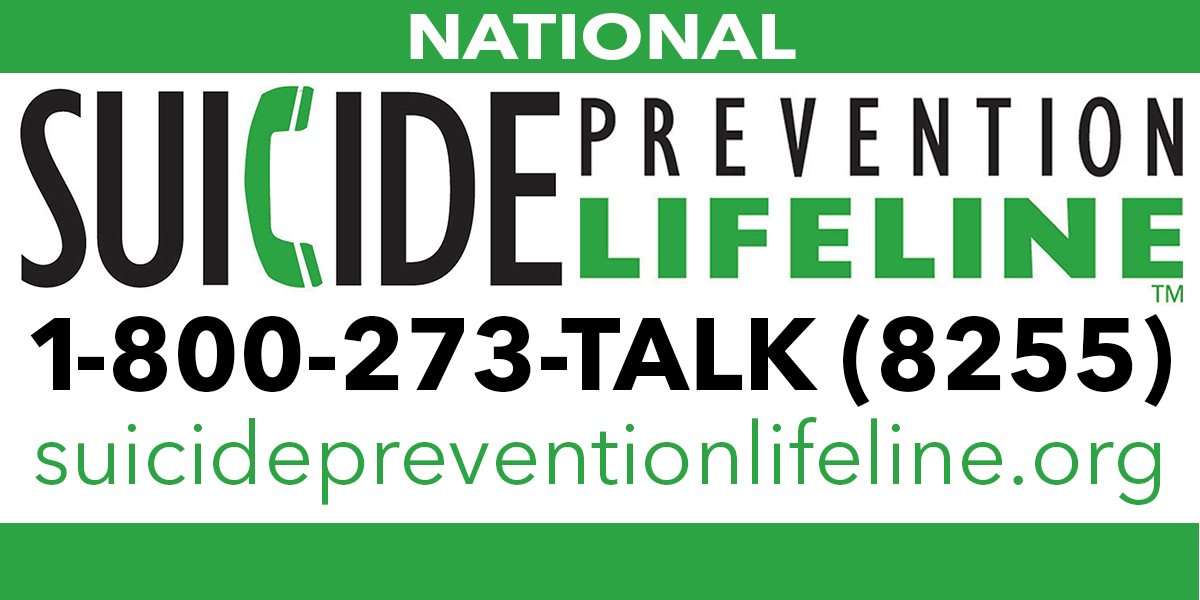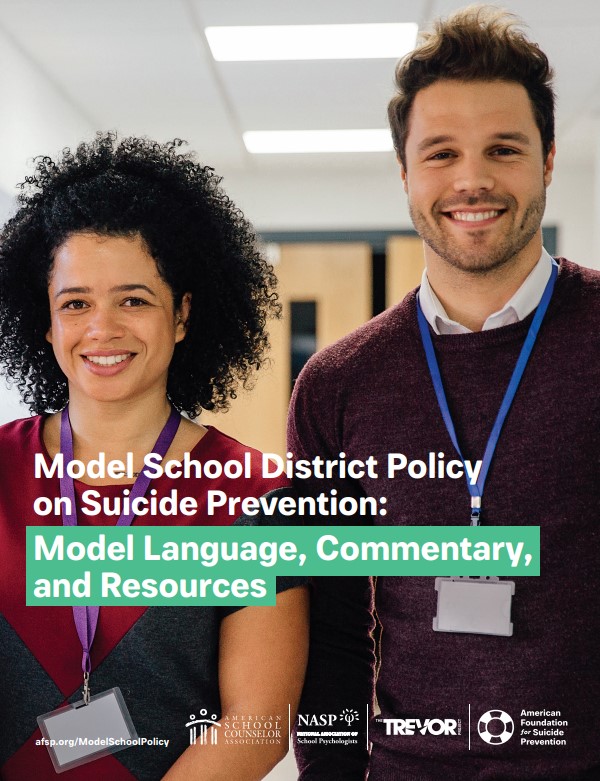Our Mission Training About us Suicide Warning Signs Suicide Risks and Protective Factors Survivors of Suicide Loss Info for Schools Safety Apps Military and Veterans
IF YOUR LIFE OR SOMEONE ELSE’S LIFE IS IN DANGER, PLEASE CALL 911.
If you or someone you know is in crisis and need help now,there are several options to reach out to; try one of these:
OUR MISSION:
Through education, awareness, partnerships, resiliency, and recovery we will build a knowledgeable community for suicide prevention.
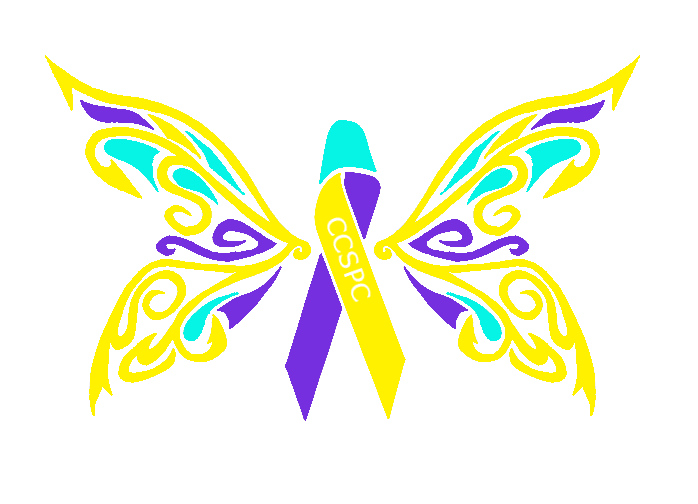
The Cattaraugus County Suicide Prevention Coalition began in 2012 with assistance from the Suicide Prevention Center of New York State and the Garrett Lee Smith Grant. The goal of the Coalition is to increase the awareness of suicide risk factors and warning signs, to increase suicide alert helpers and suicide intervention caregivers, and to improve strategies in the community to provide a safety-net to individuals who are in crisis. The Coalition also works to provide assistance to those in need after a death by suicide.
Back to Top
Get Informed:
The Coalition is proud to be able to offer and host several different Suicide Prevention Training programs in partnership with the Suicide Prevention Center of New York and the American Foundation for Suicide Prevention. If you are interested in hosting a training for your agency/company/office/school/church contact Amy Mann, MSEd, LMHC for more information.
Available programs include (click on each to learn more):
- SafeTALK
- ASIST
- Talk Saves Lives
- It's Real
- More than Sad
- Suicide Safety for School Staff
- Lifelines Postvention: Responding to Suicide and Traumatic Death at School
Upcoming Trainings/Events:
- stay tuned for training in 2020
Back to Top
Who we are:
The Coalition is made up of community stakeholders from different human service agencies, health offices, schools, and universities, as well as other interested individuals. We are always welcoming new members to help us meet our mission.
Current representatives include:
- Mental Health
- Health Department
- Social Services
- Probation
- Veterans
- Non-Profit Organizations
- Primary Care Offices
- Schools
- College and University
If you would like to learn more, contact Amy Mann, MSEd, LMHC, Coalition Coordinator.
Back to Top
#Bethe1to Campaign: JOIN US AND HELP SAVE A LIFE
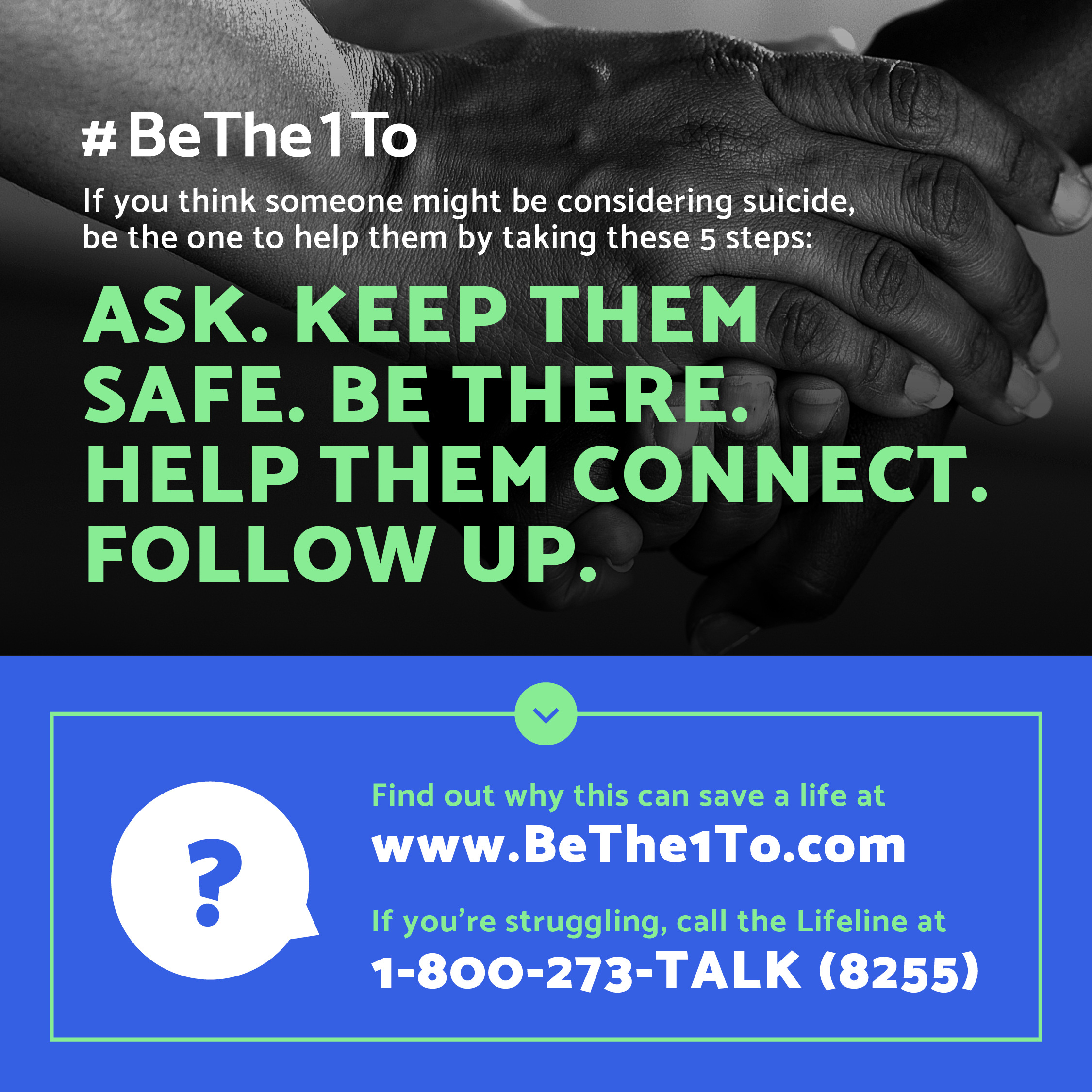
Back to Top
Suicide Prevention Awareness
What leads someone to suicide?
There is no single cause for suicide; it most often occurs when there are several stressors occurring at the same time, without an ability to cope with these problems, and it creates an experience of hopelessness, helplessness, and despair.
Most people who die by suicide have an associated mental health condition, but it is often undiagnosed or untreated. In fact, statistics show that only half of all Americans experiencing an episode of major depression receive treatment. However, people who actively engage in treatment for the mental health condition can and do start to feel better- 80-90% of people that seek treatment are treated successfully using therapy/and or medication.
Suicide Warning Signs
Most people who attempt suicide display warning signs, either through what the say or do and we can recognize these signs when we pay attention.
Things people SAY

Pay attention if a person talks about:
- Killing themselves
- Feeling hopeless or helpless
- Feeling trapped or feeling the need to escape
- Having no reason to live
- Feeling like a burden on friends and family
- Being in unbearable pain
Things people FEEL
People often display some of the following moods:
- Depression
- Anxiety
- Guilt or shame
- Loss of interest
- Extreme anger or rage
- Dramatic mood swings
Things people DO
![]()
People sometimes behave in certain ways, especially if related to a loss or change
- Increased substance use
-
Withdrawing from things they usually enjoy
- Isolating from friends and family
- Increased aggression or agitation
- Sleeping too much or too little
- Giving away prized possessions
- Visiting or calling people to say goodbye
- Performing poorly at school or work
Suicide Risk Factors
A combination of individual, relationship, community, and societal factors contribute to the risk of suicide.
Risk factors are those characteristics associated with suicide—but, they might not be direct causes:
![]()
Individual Health Factors
Mental Health Conditions
- Depression
- Anxiety
- Alcohol or Drug Misuse
- Schizophrenia
- Impulse or Aggressive disorders
- Mood changes
- Hopelessness, helplessness, or worthlessness
Serious or chronic physical illness
Chronic pain
Traumatic brain injury

Environmental and Relational Factors
Access to lethal means- include firearms and drugs
Recent losses or transitions
- relational- breakups, divorce
- social- rejection, friendships
- work- loss of or change of job or retirement
- financial- unexpected expenses
- deaths of loved ones
Prolonged stressors
- harassment
- bullying
- relationship problems
- domestic violence
- unemployment
Exposure to another person's suicide
Barriers to accessing mental health treatment
Stigma of seeking help for mental health
Isolation from others
![]()
Historical Factors
Previous suicide attempts
Family history of suicide attempts or deaths
History of abuse or maltreatment
Protective Factors
Protective factors buffer individuals from suicidal thoughts and behavior. To date, protective factors have not been studied as extensively or rigorously as risk factors. Identifying and understanding protective factors are, however, equally as important as researching risk factors:

- Effective care for mental, physical, and substance use disorders
- Support from health care providers
- Connectedness to individuals, family, community, and social institutions
- Life skills (including problem solving skills and coping skills, ability to adapt to change)
- Self-esteem and a sense of purpose or meaning in life
- Cultural, religious, or personal beliefs that discourage suicide and support self-preservation
Back to Top
Help for those who have lost a loved one to suicide
You are not alone. Suicide affects millions each year.
A recent study estimates that for every death by suicide, 135 people are affected. Survivors of Suicide Loss (SOSL) often don't know where to turn after the loss of a loved one to suicide. The emotions from this type of sudden loss can be quite complex and confusing. Families and loved ones have many questions and usually need help through the first few days. For answers to some of the most common questions, please visit the American Foundation for Suicide Prevention's "Practical Information for Immediately After a Loss".
Families, friends, colleagues, therapists and others who have lost people to suicide often find comfort in talking with others who have experienced a similar loss. If you are a survivor of suicide loss, please consider joining the Cattaraugus County Survivor of Suicide Loss Support Group:
Survivors of Suicide Loss Group
HELP ❤ HOPE ❤ HEALING

You are not alone…
Support for anyone who has lost a loved one through suicide.
The death of a loved one by suicide presents special problems in grieving.
There is a safe place in our community for survivors to share their loss with others who are experiencing similar thoughts and feelings. Groups are open to all.
Suicide Loss Survivor Support Group
1st Tuesday of Every Month @ 6pm
Meeting at: 1st Baptist Church
133 South Union Street, Olean, NY 14760
Rear Parking/Door Accessibility
For Further Info: Call 716-307-1394; 716-397-2182
Additional resources:
Resources for Suicide Loss Survivors: Discusses common experiences and reactions of those who have lost a loved one to suicide.
Beyond Surviving: 25 Suggestions for Suicide Loss Survivors: Compiled by survivor-movement pioneer Iris-Bolton
A Handbook for Survivors of Suicide: a pocket-sized, quick-reference booklet for suicide survivors. Written by fellow survivor Jeffrey Jackson, it is brief, clear, and packed with essential information covering nearly every aspect of the survivor ordeal – from the emotional roller-coaster, to the elusive quest for “Why?”, to how to find support groups in your area.
After a Suicide: Recommendations for Religious Services and Public Memorial Observances: This guide is a compilation of recommendations created to aid members of the clergy and other community and faith leaders as they care for those who have survived the loss of a loved one due to suicide and to assist them in helping to plan a memorial observance.
Back to Top
Suicide Prevention in Schools
Suicide is the second leading cause of death among youth ages 10-14 and 15-24. According to the Centers for Disease Control and Prevention Youth Risk Behavior Survey, 31.4% of New York State high school students reported feeling sad or hopeless, 17.2% seriously considered attempting suicide, and 7.4% reported a suicide attempt in the 12 months prior to the 2017 survey.
Preventing youth suicide is an issue that naturally gets support from everyone. Schools can play a positive role in suicide prevention. School staff are uniquely positioned to identify warning signs and subtle behavior changes because they have so much direct contact with young people.
Why Address Suicide Prevention
-
Maintaining a safe school environment is part of your school's overall mission.
-
Students' mental health can affect how well they perform in school.
-
Suicide can affect the entire school community.
How Schools Can Take Action
The best way to prevent suicide is to use a comprehensive approach that includes these key components:
-
Promote emotional well-being and connectedness among all students.
-
Identify students who may be at risk for suicide and assist them in getting help.
-
Be prepared to respond when a suicide death occurs.
Contact Amy Mann, MSEd, LMHC to learn about the programs and training that the Coalition can offer to your school.
Additional Resources:
Model School Policy on Suicide Prevention:
The American Foundation for Suicide Prevention, in collaboration with the American School Counselor Association, the National Association of School Psychologists, and The Trevor Project, updated this Model in October 2019. It is research-based and easily adaptable for schools serving students in Kindergarten through the 12th grade. It gives educators and school administrators clear guidance on how to implement suicide prevention, intervention, and postvention policies in their schools and districts.
The Suicide Prevention Center of NY also offers a wide range of resources and training for schools and info for parents.
The Society for the Prevention of Teen Suicide offers resources and free online training to educators and resources for parents.
Schools are a key setting for suicide prevention. Teachers, mental health providers, and all other school personnel who interact with students can play an important role in keeping them safe. The Suicide Prevention Resource Center offers resources and free online training.
Back to Top
Safety through your Mobile Device
MY3 app is a free app for Apple and Android phones that helps you stay connected and safe if you are having thoughts of suicide.
A Friend Asks provides tools and information for you or your friends. It can be downloaded on your Android or Apple iPhone.
Suicide Safe is a suicide prevention learning tool for primary care and behavioral health providers and is based on the nationally recognized Suicide Assessment Five-step Evaluation and Triage (SAFE-T) practice guidelines.
Operation Reach Out is an iOS and Android suicide prevention app aimed at veterans and military families. The app is intended to provide support for people having suicidal thoughts as well as friends, family or service members concerned that someone they know might be considering suicide.
Back to Top
Suicide Prevention for Military and Veterans
Active-duty suicides reached a record high in 2018 of 325.
In 2016, the suicide rate among veterans was about 30.5 per 100,000 or about 20 veterans per day.
Military suicide prevention and veteran suicide prevention are a top priority of leaders at the Defense Department and the Department of Veterans Affairs.
The veterans crisis hotline is a tool for both current and former military members who need immediate mental health help. If you or someone you know is thinking about suicide, please call the veterans crisis hotline at 800-273-8255, option 1.
Mental health help is also available by text message at 838255 or through an online chat. All suicide prevention help is available 24/7.
If you notice that a Veteran is going through a difficult time and aren't sure how to start a conversation or how to connect them with support, contact VA's Coaching into Care program. Call 1-888-823-7458 to connect with a licensed clinical social worker or psychologist who can help you figure out how to help motivate someone to get support.
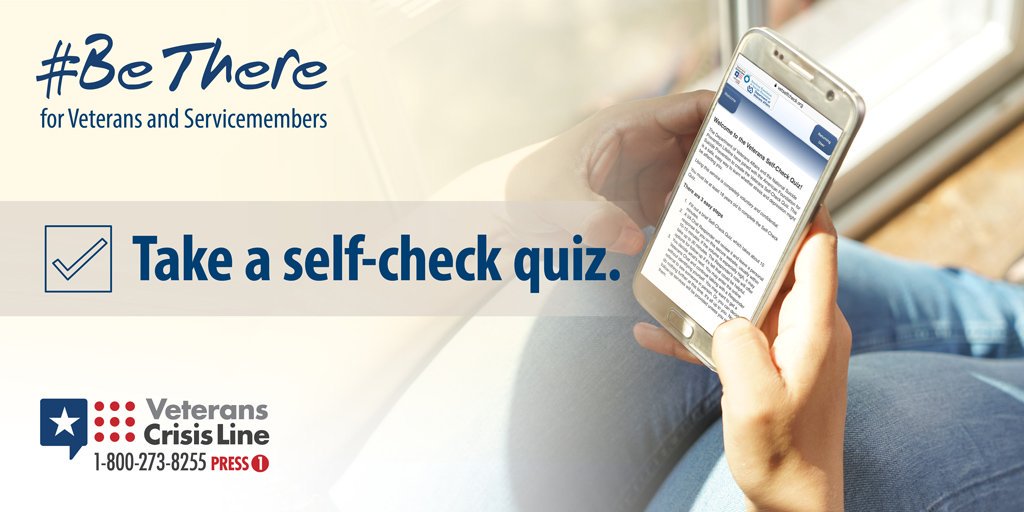
The Department of Veterans Affairs and the National Suicide Prevention Lifeline have joined with the American Foundation for Suicide Prevention to create the Veterans Self-Check Quiz. This is a safe, easy way to learn whether stress and depression might be affecting you. Using this service is completely voluntary and confidential.

